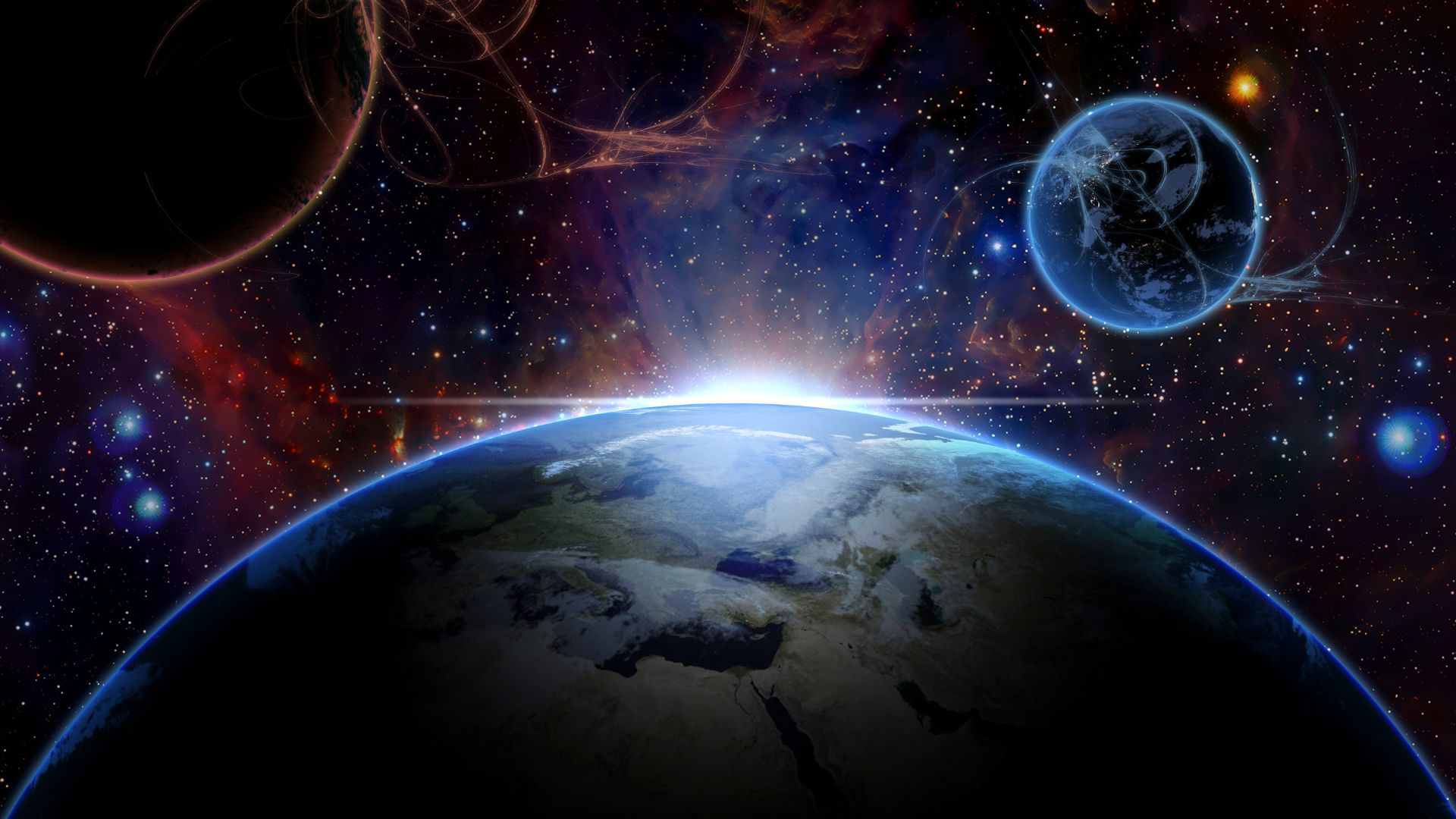OUR AMAZING UNIVERSE

As an amateur who has taken an interest in the cosmos, otherwise known as the universe, I am continuously intrigued by the many wonders it has given us. Back around 2010 I phrased the words The more I know, the more I know how much I do not know to accompany a novel that I had written. When I think about the universe, no truer words can be spoken.
Hundreds of years ago, and even going into the early 20th century, it was believed that all of our planets and stars in our galaxy rotated around us. The reference to galaxy barely existed, if it did at all. Then came the Hubble Telescope, and the many others that ensued afterwards, showed us that our own Milky Way galaxy was not alone. It was then estimated it had a few hundred companions. Then the estimate grew to thousands, then to millions, then to billions. Now, just using a small pixel taken of the cosmos by Hubble and other telescopes, it is estimation has grown to as many as two trillion and counting galaxies exist within our observable universe. What exists beyond that is unknown because of the time it takes for light to reach us from the outer reaches of the universe.
The next question that arises is, “well how many stars are there within all of the galaxies?”. That is very difficult to answer. We can only guess, but the final answer will not be given to us in our human lifetime…nor even in the lifetime of the Earth, or our solar system. Very likely, it will remain a mystery during the couple of billion of years of the Milky Way Galaxy’s remaining years of existence. Too add to that, the universe will reveal perhaps million, or perhaps sextillions of new galaxies to ponder. (p.s.: a sextillion is 1 followed by 23 zeros.)
For now, we can be modestly content in estimating based upon what has been discovered. The medium sized Milky Way contains a rough 200 to 400 billion stars. Our close neighbor, Andromeda which in a couple of billion years will merge with the Milky Way, contains approximately 1 trillion stars. A really large galaxy like the galaxy IC 1101 is believed to contain a huge 100 trillion stars. Based upon these estimates you can, if you wish, extrapolate how many planets there are and then how many of them exist within the Goldielocks’ zones. Good luck in coming up with a conclusive answer.
Going back to my sage The more I know, the more I know how much I do not know statement, the knowledge of the universe is an example of it. The statement applies to other aspects of life as well…from science to philosophy to religion to politics to medicine, etc. For as much as we have discovered and learned within science alone, one thing stands to be certain…we know for fact only about 2% of that knowledge can be proven. The other 98% is theory. BUT, without theory, how much would we really know now.
Alexander Wisniewski
January 29, 2025
Leave a Reply